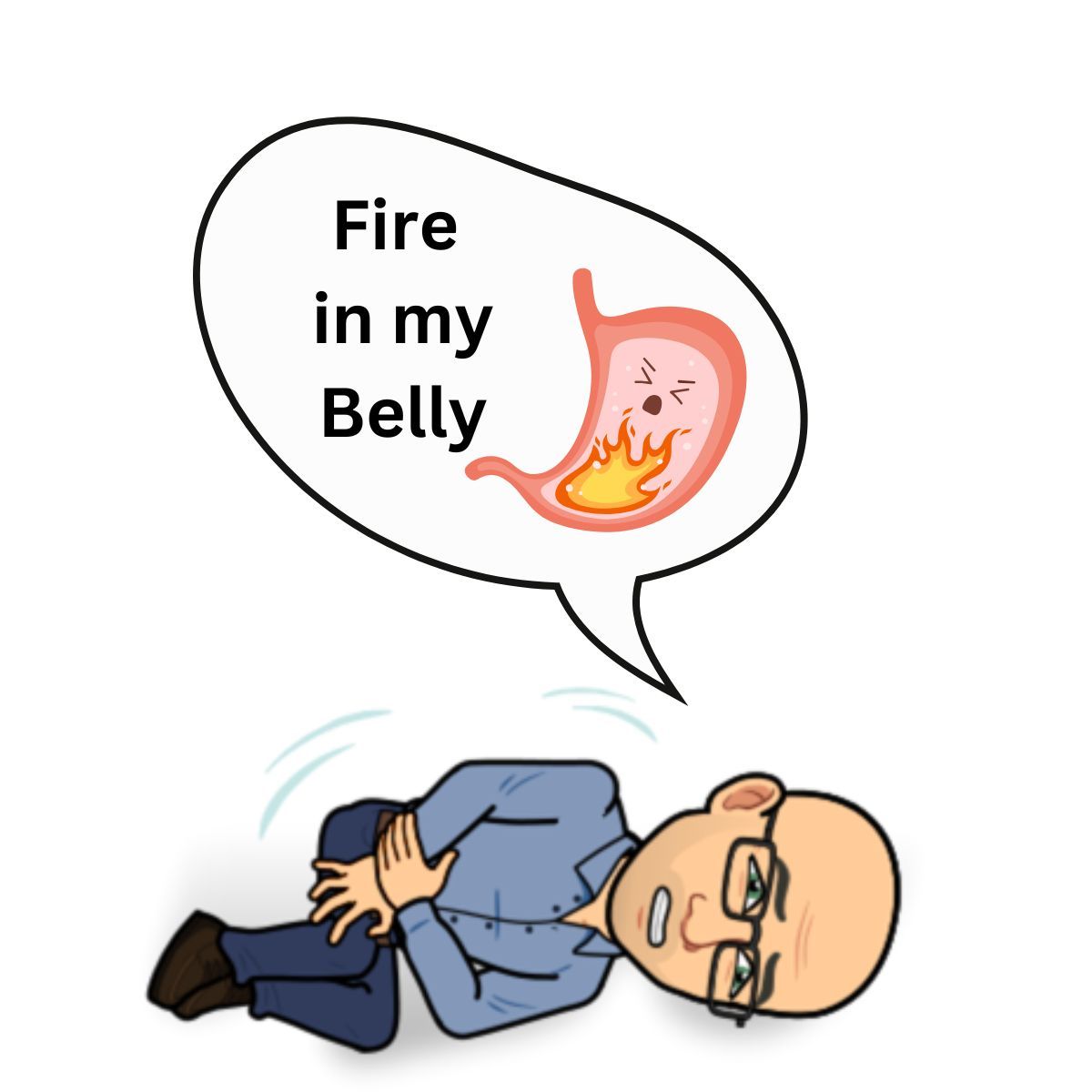Unless you are living under a rock these days, it would be hard to not to know that we are dealing with an opioid epidemic in the US. This epidemic is tied to patient who are being treated for pain and for my pharmacy, that happens to be a large percentage of what patients are seeking help with, pain relief. The American Academy of Pain Medicine estimates that over 100 million patients suffer from chronic pain. That statistic is mind boggling.
Unfortunately, the presentation of pain is simply what the patient describes it as which makes it difficult as everyone’s perception can be different. There is no lab value to run to measure pain so we rely on the patient to provide information on the current status of their pain.
Fibromyalgia (FM) is one of the most common chronic pain conditions. The disorder affects an estimated 10 million people in the US and an estimated 3-6% of the world population. While it is most prevalent in women (75-90% of the people with FM are women) it also occurs in men and children of all ethnic groups. The Disorder is often seen in families, among siblings or mother and their children. The diagnosis is usually made between the ages of 20 to 50 years, but the incidence rises with age so that by age 80, approximately 8% of adults meet the American College of Rheumatology classification of FM.
Like other so-called “invisible disorders,” FM poses a challenge beyond symptom management to those who are diagnosed with it: the struggle for credibility. It is all too easy for those who have not suffered the pain of FM to dismiss it since it offers no visible signs; and it has been all too easy for healthcare providers to dismiss the symptoms of people with FM for lack of a blood test as a diagnostic criteria.
Although chronic, widespread body pain is the primary symptom of FM, a variety of other symptoms are common. Symptoms include: moderate to severe fatigue, sleep disorders, problems with cognitive functioning, irritable bowel syndrome, headaches and migraines, anxiety and depression and environmental sensitivities.
Since there is no known cure of FM, treatment focuses on relieving symptoms and improving function.
A variety of prescription medications are often used to reduce pain levels and improve sleep. The following prescription medications have been approved by the US FDA for FM: Lyrica (pregabalin), Cymbalta (duloxetine HCL) and Savella (milnacipran HCL).
These medications help a percentage of patients with pain and depression but also carry baggage of side effects that often times limits the patient from continuing them. The other issue is cost, Cymbalta is available generically and is moderately priced but the other two could cost you or your insurance, several hundred dollars per month.
Gabapentin is another medication that is not FDA approved for FM but it is used “off label” for patients as well. It to, is generic and more cost effective.
In the end, whether it is opioid pain medications or FDA approved medications, they are not a fix to end the vicious FM cycle. Simply band-aiding the problem can help relieve the symptoms FM but trying to find the root cause will ultimately end the cycle of pain.
In my next article, I will review non-conventional therapies that can be helpful in treating and hopefully ending FM pain.
Thank you for reading this article and I hope you found it informative. Until next time, be vigilant about your health!!












Share On: